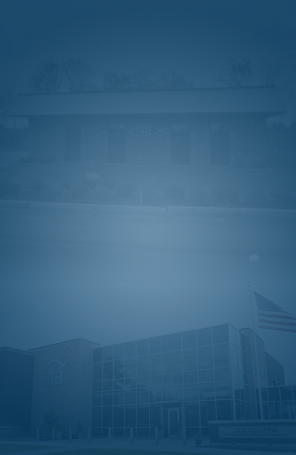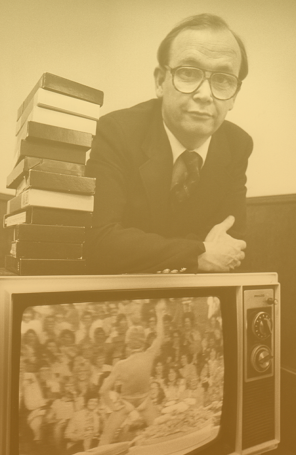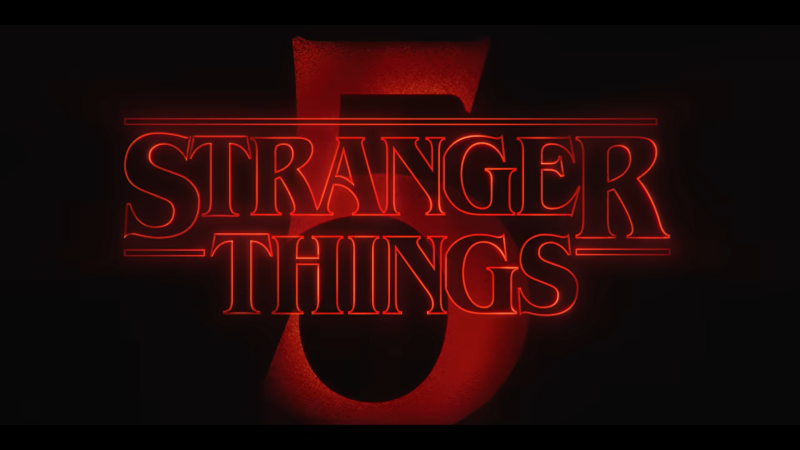Faith and Science – Not Mutually Exclusive
Sign up for a six month free
trial of The Stand Magazine!
“Why do You make me see disaster and make me look at destitution? Yes, devastation and violence are before me; Strife exists and contention arises” (Habakkuk 1:3, NASB).
Was Habakkuk reading today’s headlines? Abortion and euthanasia. Sexuality and gender identity. Those are some of the most divisive words being batted around in today’s culture. How is the church supposed to be light in this cultural darkness?
“While these topics may be complex and potentially divisive,” said Brick A. Lantz, M.D., “we are called as Christians to ask the difficult, thought-provoking questions.”
Yet pastors and leaders often find few resources to help approach these complex moral issues in a church setting, especially when it comes to discovering how science supports biblical morality.
Discovering a solution
Lantz represents the Christian Medical and Dental Associations (CMDA). While current culture insists that science and the Bible are mutually exclusive, CMDA declares that’s not true. And this professional association is bringing light to the darkness.
CMDA’s new resource is titled Bridging the Gap: Where Medical Science and Church Meet (BTG). This six-module curriculum is a godsend for the local church. And it is free.
The series debuted earlier this year. In a letter to pastors and lay leaders who would facilitate a study, Lantz said, “Scripture is essential to proclaim truth in regard to bioethical issues.”
Current BTG modules include:
• Beginning of life
• End of life
• Addictions
• Sexuality
• Gender Identity
• Right of conscience
Digging into a module
Created with the small group setting in mind, the BTG curriculum is crafted in a question-and-answer format to encourage open discussion among participants. For example, the “Gender Identity” module’s first question for discussion is “What does the Bible say about gender?” Seven Scriptures (Old and New Testament) answer and invite discussion.
The next question asks, “What does our culture say about gender?” And according to BTG, the culture claims the fallacy that gender is “a feeling, a self-perception.”
Then it digs in deep with a lengthy list of questions, e.g., “How can Christians ‘glorify God in [their bodies]’ (1 Corinthians 6:19-20) if they become transgender-identified?”
The Word of God is the clear foundation throughout. Each session cites multiple Scriptures that apply to the given topic.
A thorough and extensive facilitator’s guide, a Powerpoint component, and recommended additional resources are included with each module. Modules are not squeezed into specific time frames, as they have different numbers of questions. The facilitator is encouraged to determine the number of group meetings appropriate for the module being studied.
CMDA traces its roots to the 1940s. Today it is an organization of more than 20,000 health care professionals committed to be a Christian voice to media, government, church, and the public on bioethical issues.
“God designed truth,” said Lantz. “CMDA’s desire is to love those who think differently and love all [who are] enslaved to sin. We need to share truth with the world. There is restoration, encouragement, and hope in truth.”
Phenomenal Curriculum
“Bridging the Gap is phenomenal!” declared Kendra White, director of American Family Studios’ documentary In His Image: Delighting in God’s Plan for Gender and Sexuality. “We’re so excited to learn about them. These studies will be a valuable resource for churches and certainly a complement to our documentary!”
View In His Image free at inhisimagemovie.com or get a copy at resources.afa.net.
Bridging the Gap is available free in the CMDA Learning Center at cmda.org/bridgingthegap.
(Editor’s Note: This originally appeared online here. This will appear in print in the August 2021 AFA Journal. For a free six-month subscription to the print edition, visit here.)

Sign up for a free six-month trial of
The Stand Magazine!
Sign up for free to receive notable blogs delivered to your email weekly.



















